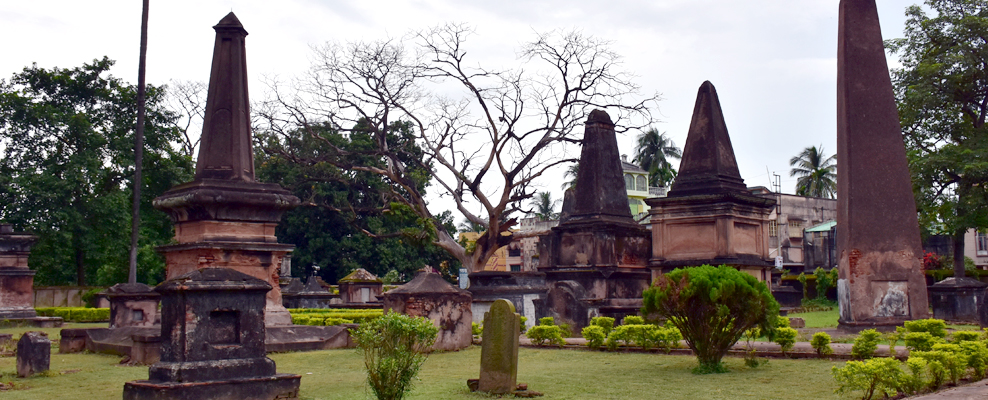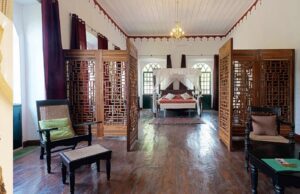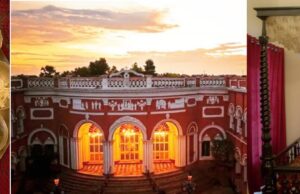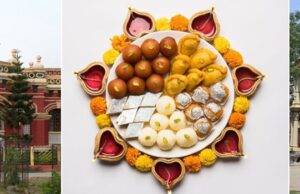
WoT's Hot
Evidence of the Dutch Footfalls
On my first visit to Chinsurah, it was hard to gulp down the fact that this town was once a beautiful and planned town established by the Dutch East India Company. The dilapidated board welcomed me to what can be termed as a vivid document of the Dutch footfalls on this side of the Hooghly river. The Dutch Cemetery consists of an assortment of graves from the Colonial times scattered under the shades of ancient trees. The cemetery has about 45 graves the earliest dating back to 1743.
Records
In his records, the Dutch navigator Admiral Jan Splinter Stavorinus who visited Chinsurah in the 1770s says, the cemetery was destroyed during the government of the Director Taillefert and all that was once ‘handsome’ tombs were turned into dust. The only monument that remained was that of Director Huysman. The land was made plain and the graves were removed to another part of the town and left with upright gravestones.
Preserving History
On my visit I saw, many of the graves are lost indeed as they do not bear the names or whatever that is left of the inscriptions are illegible now. Efforts have been taken by the Archeological Survey of India who maintains the cemetery now, and the Netherland Embassy to preserve the importance of Chinsurah for both India and Netherland.

Ravages of Time
However the project had to cross a major hurdle, since all they had was some scattered information from varied sources and turning them into coherent narratives seemed almost impossible. But thanks to the recent research methodologies of (the) digital humanities department of Presidency University, this almost impossible task was made possible. Now you can access the list of graves with brief background and history of the Dutch Cemetery in a click.
Far Away From Home, They Rest In Peace
According to the Archeological Survey of India, the grave of Sir Cornelius de Jong, is the oldest grave in the cemetery. If you go around looking for the headstone of the oldest occupant of the cemetery, you will probably come back disheartened. Sadly, the grave is lost today, among the many tombs whose epitaphs are scarred with the passage of time. Other prominent Dutch buried here are Daniel Overbeck, Gregorious Herklots, a high official in the VOC, and George Vernet, another VOC director.
‘Sussana’
A localite informed me of another tomb that lies beyond the walls of the cemetery. The tomb of Sussana Anna Maria, locally known as the ‘Saat Saheber Bibir gor’ is said to be the inspiration behind Ruskin Bond’s novel ‘Suzanna’s Seven Husbands’. Even though, the tomb is not within the perimeter of the Dutch Cemetery, it is one of the most prominent Dutch tombs in Chinsurah. He also informed me that a plan for the construction of a stadium is on in the land near this tomb, and the authorities have decided to keep this tomb intact, just like their love for the times, when this part of Bengal by the river Hooghly was often termed as the ‘Little Europe’.
Evidence of the Dutch Footfalls
On my first visit to Chinsurah, it was hard to gulp down the fact that this town was once a beautiful and planned town established by the Dutch East India Company. The dilapidated board welcomed me to what can be termed as a vivid d
Other Articles in WANNAGO WOT
What to read next
Featured articles

Welcome Festive Season in Glam, Latin Quarters Launches new #PujoBling Collection with Monami Ghosh
by WOT












































